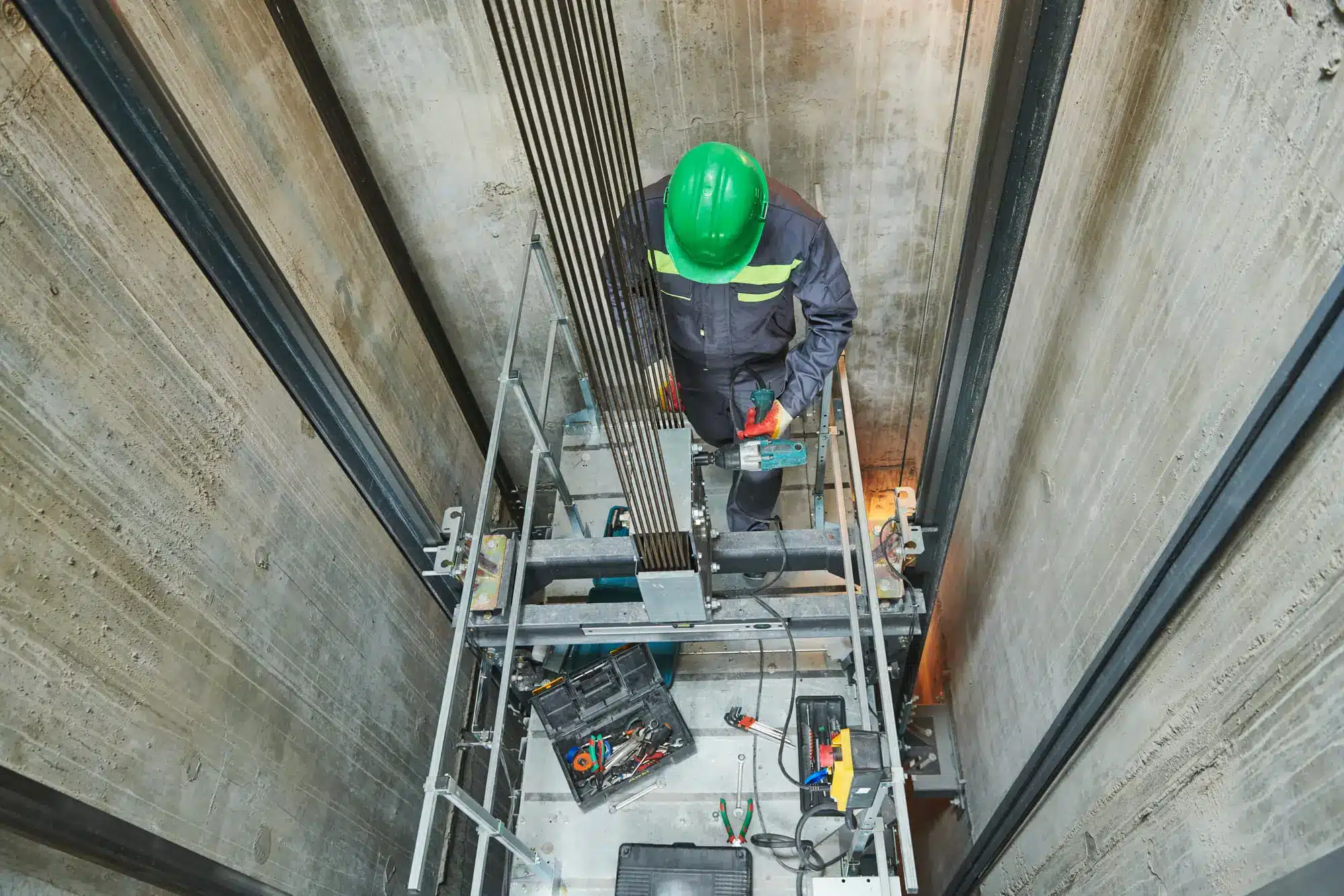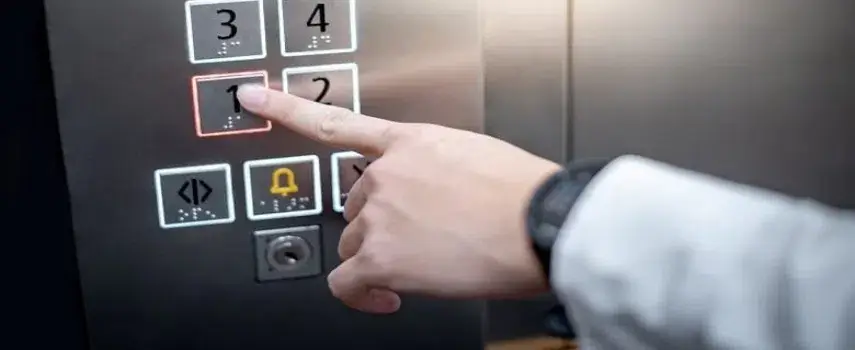A 23-year-old mover had an elevator accident while working at a high-rise building located in Manhattan. During the course of his work, the worker attempted to move a chair and a sofa from the building’s basement to its 17th floor by using the elevator. While in the elevator it stopped abruptly at the building’s fourth floor causing the worker to fall. The elevator then descended and quickly stopped again, causing the worker to fall once again. The elevator became inoperable and three hours passed before emergency crew rescued the worker.
Worker’s Injuries From Elevator Accident
As a result of the elevator accident, the worker sustained injuries to his back, neck and shoulder. An ambulance took the injured worker to a hospital. He received X-rays and minor treatment and was released. He later had further diagnostic tests which revealed that he had suffered herniations of his C3-4, C5-6 and L5-S1 intervertebral discs, and impingement of his right shoulder. The injured worker was administered a series of painkilling facet-block injections and trigger-point injections. Eventually, the worker underwent arthroscopic surgery that addressed his right shoulder and a discectomy which involved excision of a disc from his spine’s cervical region and fusion of the corresponding level of his spine. He also underwent fusion of a portion of his lumbar spine. He was unable to return to work and filed a Workers’ Compensation claim with his employer’s insurance.
Case Against Building and Elevator Service Repair
The injured worker sued the premises’ owners and manager as well as its elevator service provider. The worker alleged that both were negligent in their maintaining the elevator. The parties agreed the elevator’s sudden stops resulted from its door having clipped a roller guide within the elevator’s shaft. Plaintiff (the injured worker) claimed the misaligned door and the cabin tipped forward, allowing the door to contact the roller guide. The door’s misalignment was a result of debris having clogged its track. Documents disclosed in the discovery phase revealed that, six months prior to the accident, a similar malfunction occurred because debris accumulated within the track. In the prior instance, the debris was removed by using a chisel.
Plaintiff claimed that the defendants did not schedule regular maintenance of the elevator. Also, the elevator’s cabin tipped because of improper weight distribution. He argued that the building’s managing staff should have supervised his use of the elevator. Defense argued the building’s managing staff had no obligation to supervise plaintiff’s use of the elevator. The defense’s elevator-operations expert opined that the elevator was functionally sound. Also that the door’s misalignment resulted from contacting a plastic object that fell from the chair the plaintiff was moving.
Award of Monetary Damages From Elevator Accident

The plaintiff claimed because of the elevator accident he continued to have pain in his back, neck, and right shoulder. He also claimed a reduction in his range of motion in those areas. This hinders his performance of many physical activities, and that as a result, he cannot work. The plaintiff also claimed that he requires lifelong medical treatment.
He sought recovery of past and future medical expenses, past and future lost earnings, and damages for past and future pain and suffering. The defendants argued that plaintiff’s injuries predated the accident. Defense counsel also claimed that surveillance videotapes depicted the plaintiff functioning normally. The defense’s expert neurologist opined that the plaintiff’s back and neck exhibit normal range of motion and the surgeries were not necessary. Parties were not able to reach settlement at the mediation.
The case proceeded to trial. The jury found that defendants were liable for the elevator accident. After long deliberations, the jury awarded plaintiff over $6,000,000.00 in damages. This included $2,300,000.00 for pain and suffering, approximately $2,000,000.00 for lost wages and over $1,700,000.00 for future medical expenses. If you or someone you know has been injured in an elevator accident, please contact The Platta Law Firm for a free legal consultation by calling 212–514–5100 (24/7), emailing swp@plattalaw.com, or visiting our law firm in Financial District of Manhattan (42 Broadway, Suite 1927).
You can also ask us questions using the 24-hour chat box on our website (www.plattalaw.com). Our elevator accident lawyers offer free consultations for all potential personal injury cases.




